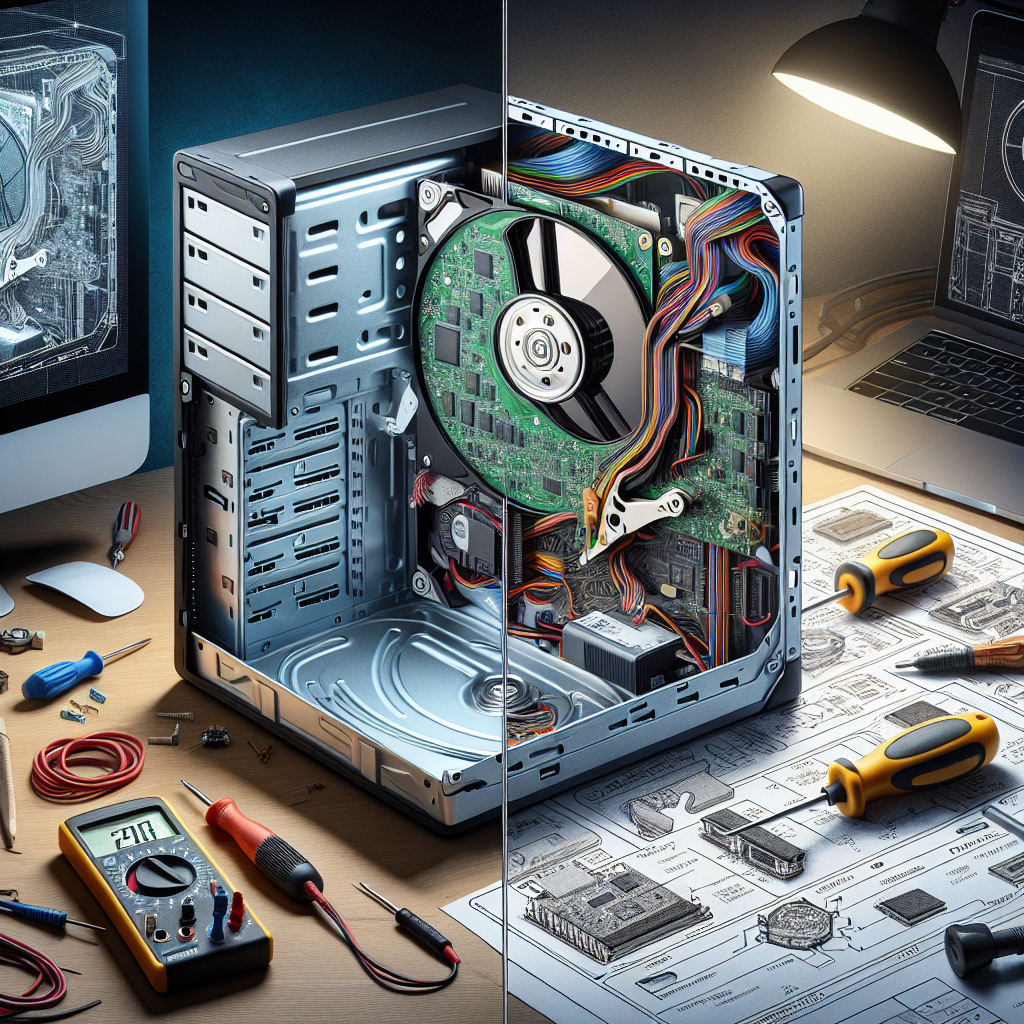How to Troubleshoot Common Disk Drive Issues
Disk drives are an essential component of any computer system, as they store and retrieve large amounts of data. However, like any other hardware, disk drives can encounter issues that may hinder their performance. In this article, we will discuss some common disk drive problems and provide troubleshooting tips to help you resolve them.
One of the most common disk drive issues is slow performance. If you notice that your computer is taking longer than usual to access files or programs, it could be a sign that your disk drive is experiencing performance issues. To troubleshoot this problem, you can start by checking for any software or programs that may be running in the background and consuming a large amount of system resources. You can use the Task Manager (Ctrl + Shift + Esc) on Windows or Activity Monitor on MacOS to identify and close these applications.
Another common disk drive issue is the dreaded “disk full” error message. This occurs when your disk drive is running out of storage space, which can cause your computer to slow down or crash. To troubleshoot this problem, you can start by deleting unnecessary files or programs that are taking up space on your disk drive. You can also consider moving large files to an external storage device or cloud storage to free up space on your disk drive.
If your disk drive is making strange noises or producing error messages, it could be a sign of a hardware failure. In this case, you may need to replace your disk drive to resolve the issue. Before doing so, you can try running a disk check utility to scan for any errors on your disk drive. On Windows, you can use the built-in CHKDSK tool, while on MacOS, you can use the Disk Utility tool. If the disk check utility detects any errors, it may be a sign that your disk drive is failing and needs to be replaced.
In some cases, your disk drive may not be recognized by your computer at all. This could be due to a faulty connection or compatibility issues. To troubleshoot this problem, you can start by checking the connections between your disk drive and your computer. Make sure that the cables are securely plugged in and that there are no visible signs of damage. You can also try connecting your disk drive to another computer to see if it is recognized. If your disk drive is still not recognized, it may be a sign that the drive itself is faulty and needs to be replaced.
In conclusion, disk drive issues are common but can be resolved with the right troubleshooting steps. By following the tips mentioned in this article, you can identify and resolve common disk drive problems to ensure that your computer system runs smoothly and efficiently. If you are unable to resolve the issue on your own, it may be best to seek professional help to diagnose and fix the problem.


